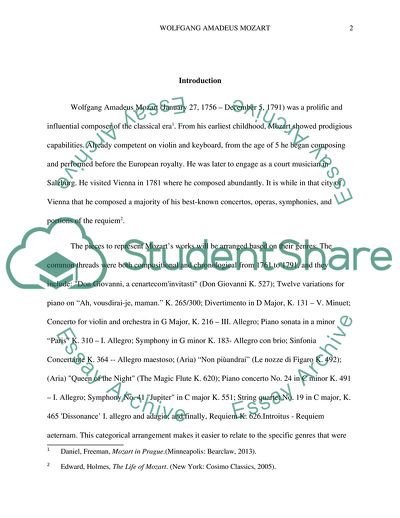Cite this document
(Wolfgang Amadeus Mozarts Works Essay Example | Topics and Well Written Essays - 2750 words - 45, n.d.)
Wolfgang Amadeus Mozarts Works Essay Example | Topics and Well Written Essays - 2750 words - 45. https://studentshare.org/music/1814739-essay
Wolfgang Amadeus Mozarts Works Essay Example | Topics and Well Written Essays - 2750 words - 45. https://studentshare.org/music/1814739-essay
(Wolfgang Amadeus Mozarts Works Essay Example | Topics and Well Written Essays - 2750 Words - 45)
Wolfgang Amadeus Mozarts Works Essay Example | Topics and Well Written Essays - 2750 Words - 45. https://studentshare.org/music/1814739-essay.
Wolfgang Amadeus Mozarts Works Essay Example | Topics and Well Written Essays - 2750 Words - 45. https://studentshare.org/music/1814739-essay.
“Wolfgang Amadeus Mozarts Works Essay Example | Topics and Well Written Essays - 2750 Words - 45”. https://studentshare.org/music/1814739-essay.


